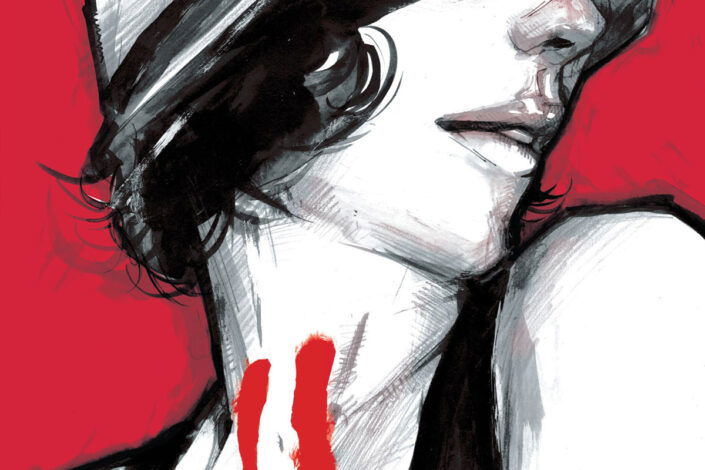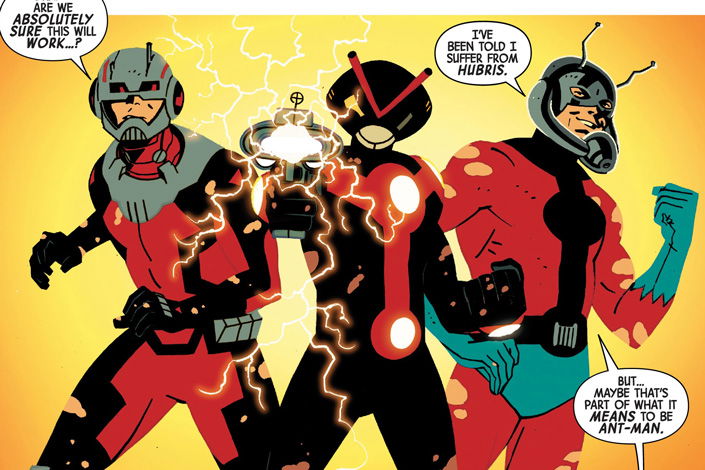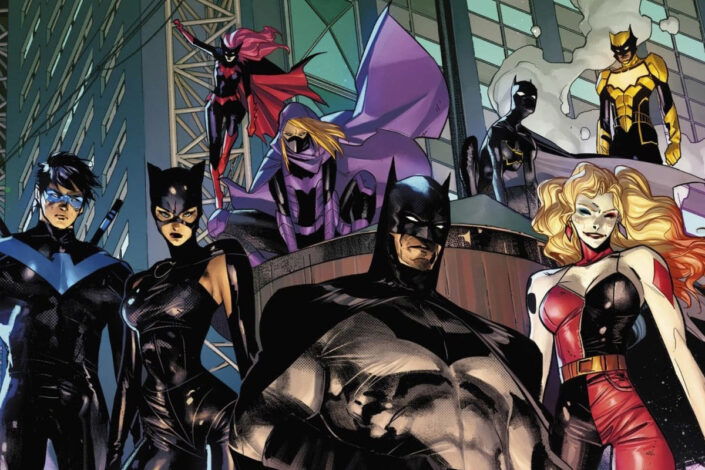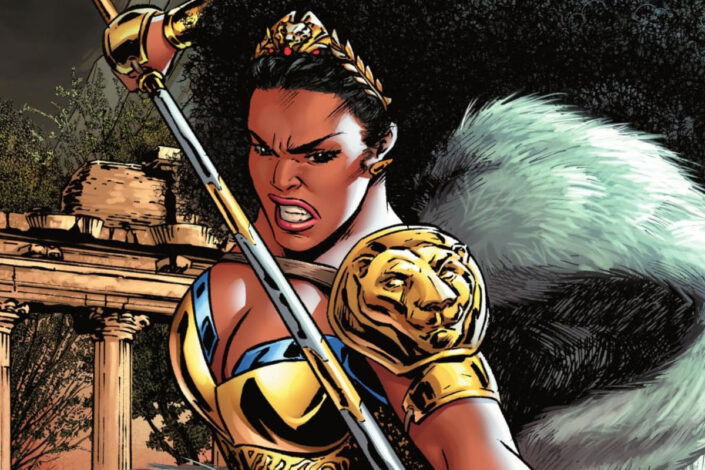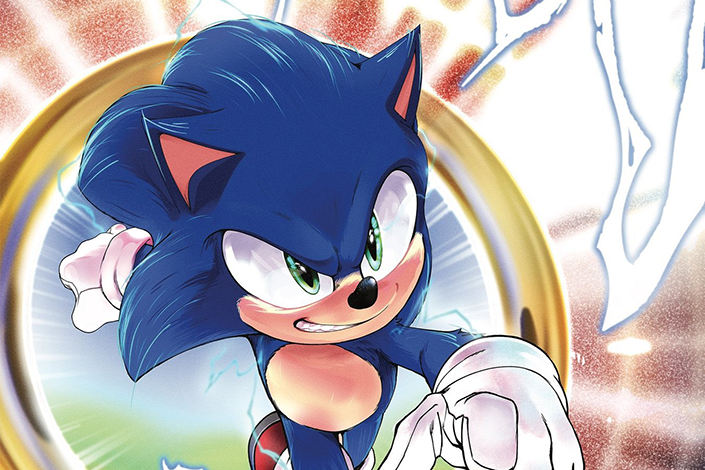American Vampire Reading Order: A guide to Scott Snyder and Rafael Albuquerque’s Horror Comics
In 2010, before becoming very well-known by working on the Batman series at DC Comics, Scott Snyder teamed up with artist Rafael Albuquerque to launch the ongoing American Vampire comics series at Vertigo. A title that gained a lot of attention at first with Stephen King writing a storyline.
King only put his name on the first 5 issues (backstories only), the story went on for a few years after that. In fact, it concluded in October 2021. That said, we didn’t get a decade’s worth of American Vampire comics as it was divided into three cycles published non-continuously. The first series lasted 34 issues, from 2010 to 2013; the second series was called “American Vampire: Second Cycle,” and lasted 11 issues, from 2014–2015; and the third series, called “American Vampire: 1976“, lasted 10 issues, from 2020 to 2021.
But what is the American Vampire comic book about? Vampire in America, of course! In a way, it’s about the story of America. It’s about Skinner Sweet, a violent outlaw who lived in the Wild West. He was going to be killed for his crimes, but an accident led him to be turned into a vampire, the first one to be made in America. He was of a new breed, one that doesn’t suffer from the same limitations as the vampires from the old continent—he is impervious to sunlight, but also faster and stronger.
